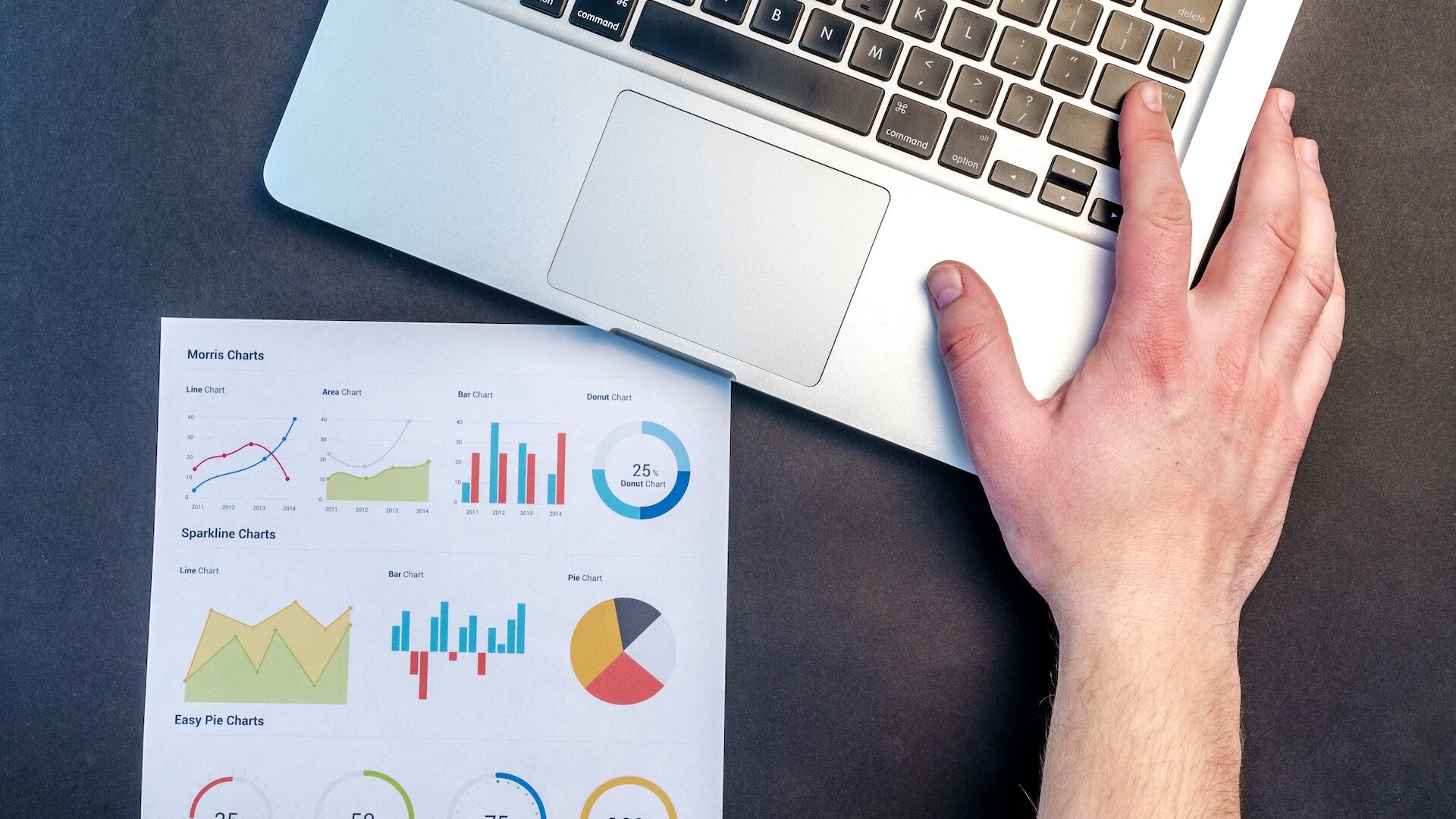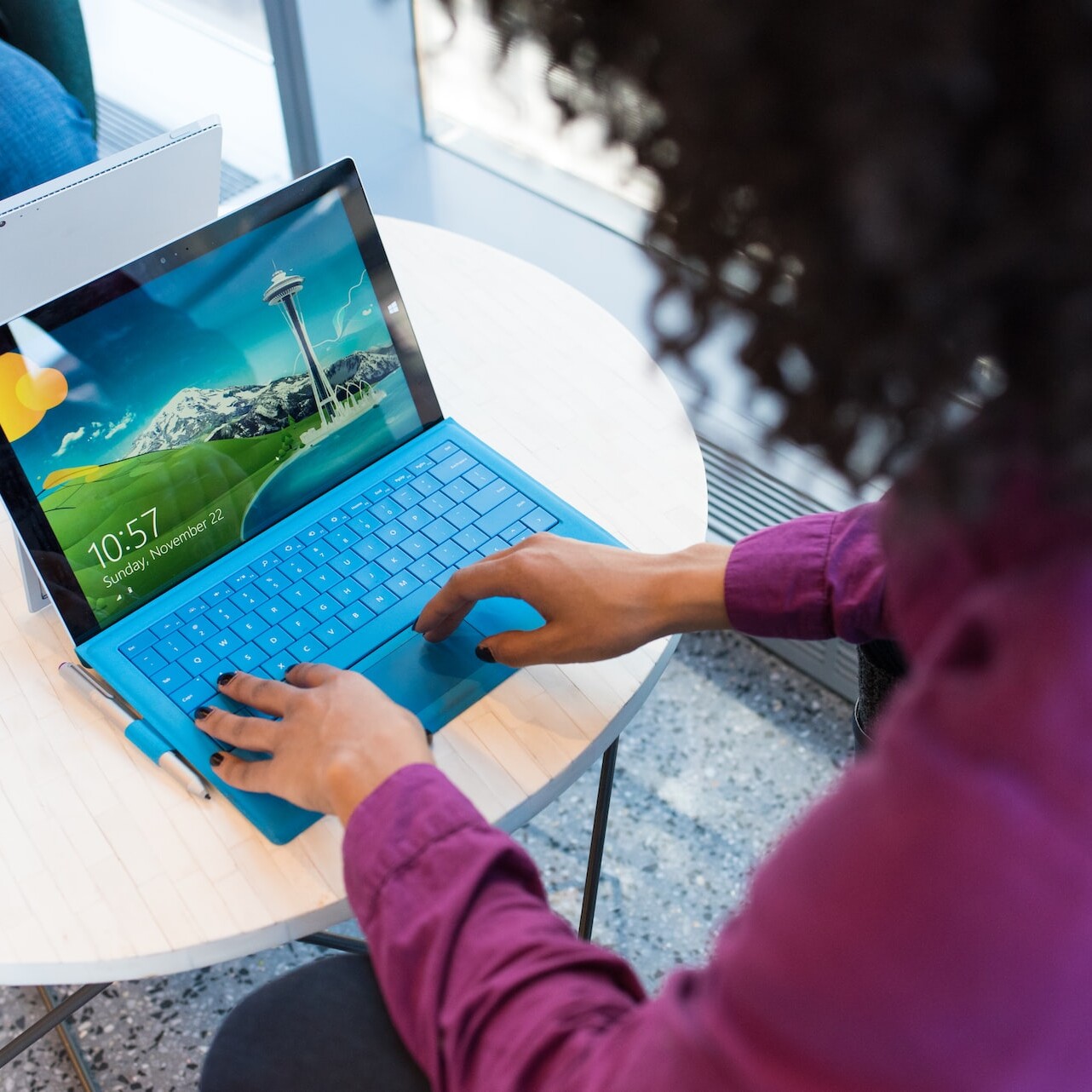3…2…1…Kick Off! (Meeting)
What’s the point of having a kick-off meeting? In any project, the team meets multiple times (both internally and with the client) in order to gain as much knowledge as possible. Understanding users’ needs are at the forefront of any creative initiative – otherwise, what’s the point of going through the entire process if not to create a positive and consistent relationship with the consumer?
To remain focused on that important conversation, bring the team together with information gathered from user research or any analytics and testing conducted within existing sites (both desktop and mobile). Among the topics included, you should be discussing:
The Site’s Audience
Who makes up your brand’s audience? Does this audience need to be educated first, and does your website provide access to necessary information? Is your audience comprised of a younger crowd that thrives upon social media – and is your website accommodating to those needs?
Social media is not the only determining factor when considering your site’s audience. Age, gender, culture and needed results must also be considered. Doing the proper, thorough research is crucial to accomplish that goal; otherwise, you are working blindly. Go through that process, tedious though it may seem – it will prevent you from going back and redoing all of the work. Get it right the first time.
The Users’ Main Scenarios
What can the user expect when going through your website? Will they have all of their questions answered? Most websites have less than 10 seconds to make a favorable impression on their visitors before those users move on. Considering every detail to make the user experience perfect will increase the stickiness of your website and lead to conversions.
Does the site meet users’ needs?
Going through A/B testing (and other methods of seeing how the site is viewed by users) on existing websites can drastically improve the usability of current and future sites. Why? By running these tests, a brand can identify areas that need improvement and continue with perfecting its usability.
Nothing upsets a user more than a website that doesn’t work or doesn’t meet his/her needs. Think about your own internet experiences – how likely are you to stay on a website that takes longer than 10 seconds to load, or clicks through to the wrong links, or does not have the info that you need to move forward? Make it easy for yourself and for your audience.
Once you’ve had that conversation with yourself and your team members fully on board, you may begin the creative process. Engaging in that initial conversation solves time, gets the creativity flowing, and promotes collaboration between team members. Kick off the way you mean to continue!
Related Articles
Navigating Usability Testing for Effective UX Design
June 19, 2024
The Future of User Experience
March 18, 2023



